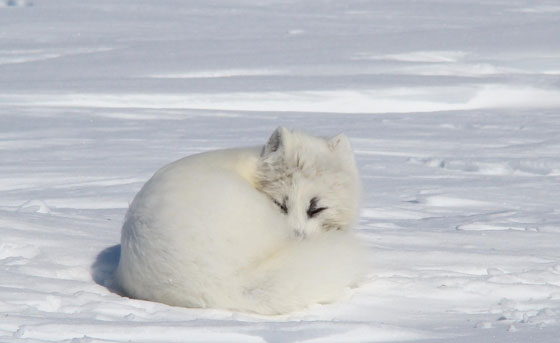

It is best to introduce this project from two perspectives: global and regional.
Species can respond to climate change in several ways. They can move to track climatic conditions, stay in place and evolve to the new climate, or they can go extinct. Although quick evolution is possible, movement that tracks climate is by far the most common response. Recent syntheses have shown that shifts in phenology and distribution of plants and animals have occurred in the last 30-40 years in the direction predicted from global warming. Meta-analyses show mean advancement of spring events by 2.3 days/decade, and mean range shifts of 6.1 km/decade towards the poles, or 6 m per decade upward in elevation (a “globally coherent fingerprint”).

Climate will continue to warm, and a strong reorganization of abundance patterns and ranges of species is therefore expected from historical reconstructions, current observations, and knowledge of biological processes at work. Given the current rate of habitat loss and fragmentation and the limited dispersal potential of some species, there is serious concern for our ability to manage biodiversity in this context. Climate change is a major new threat that is confronting biodiversity this century.
All over the world, biodiversity conservation largely rests on two complementary approaches that involve (1) identifying species at risk and taking actions to decrease extinction risks and (2) protecting areas representative of valued ecosystems. Implementing both approaches depends on knowing the distribution and patterns of abundance of species, and on estimating how these will change with time. Projecting species’ range and abundance shifts in a future climate is thus critical to explore effects of climate change on biodiversity.
Biodiversity conservation is guided by general principles, but is constrained and shaped by regional and local realities. Canadian biodiversity is structured by strong climatic gradients and distribution of species has shifted dramatically in latitude during the Holocene according to changes in climate. In Canada, speed and amplitude of climate warming during the 21st century will be highly significant when compared to Holocene changes (37–48 % of Canada’s protected areas could experience a change in terrestrial biome type under doubled atmospheric CO2). In Southern Quebec, average surface temperatures have increased by 1.25ºC in the last 4 decades, and climatic models project a further 3-5ºC increase this century. In this project we use the province of Quebec as a case study to explore effects of climate change on regional biodiversity, and to derive a research framework that will generate some of the knowledge and tools needed to develop strategies of adaptation for biodiversity conservation.
Last update: 2015-01-19